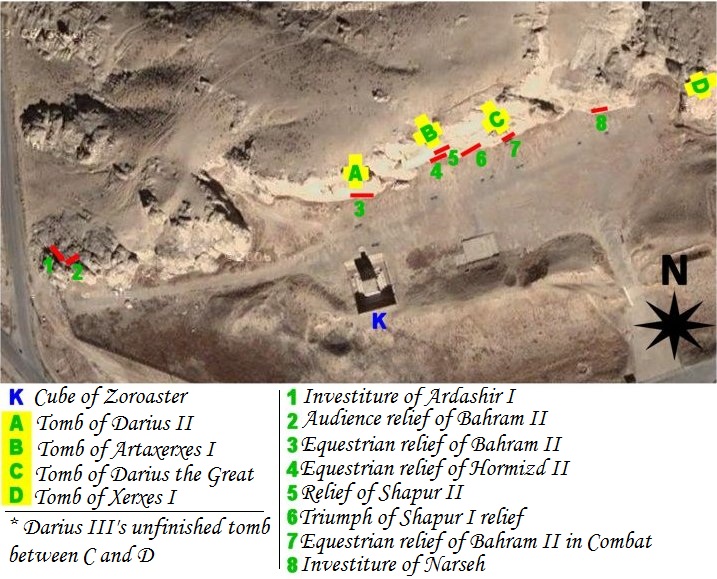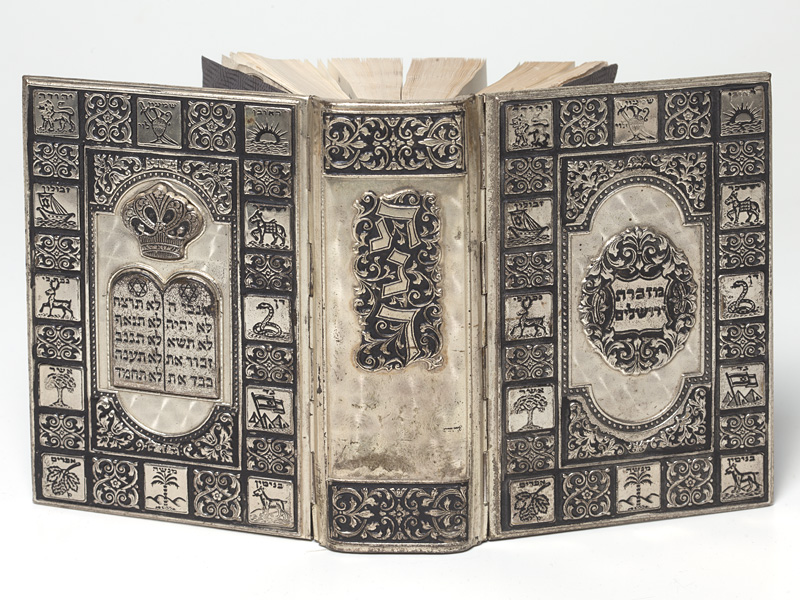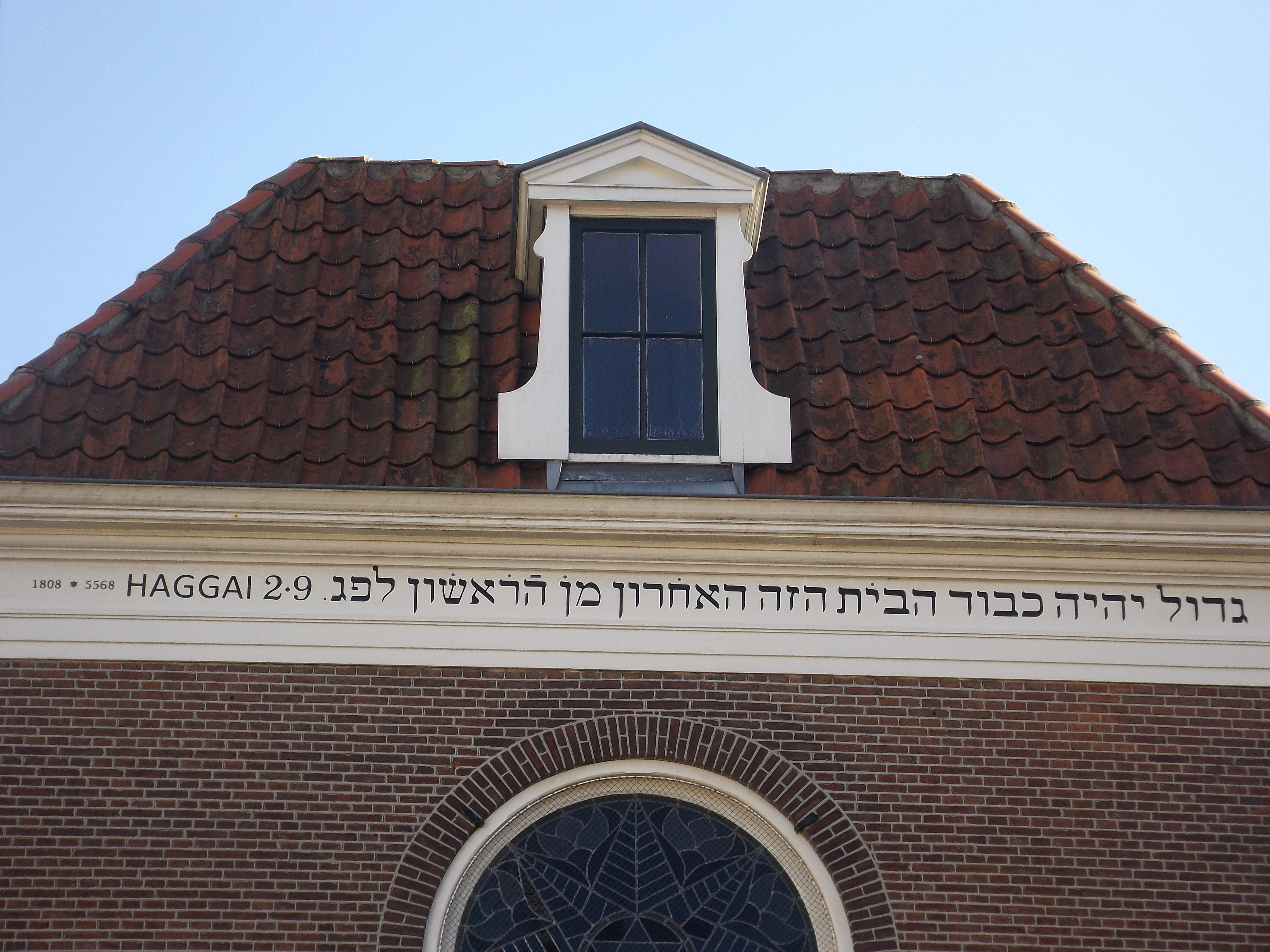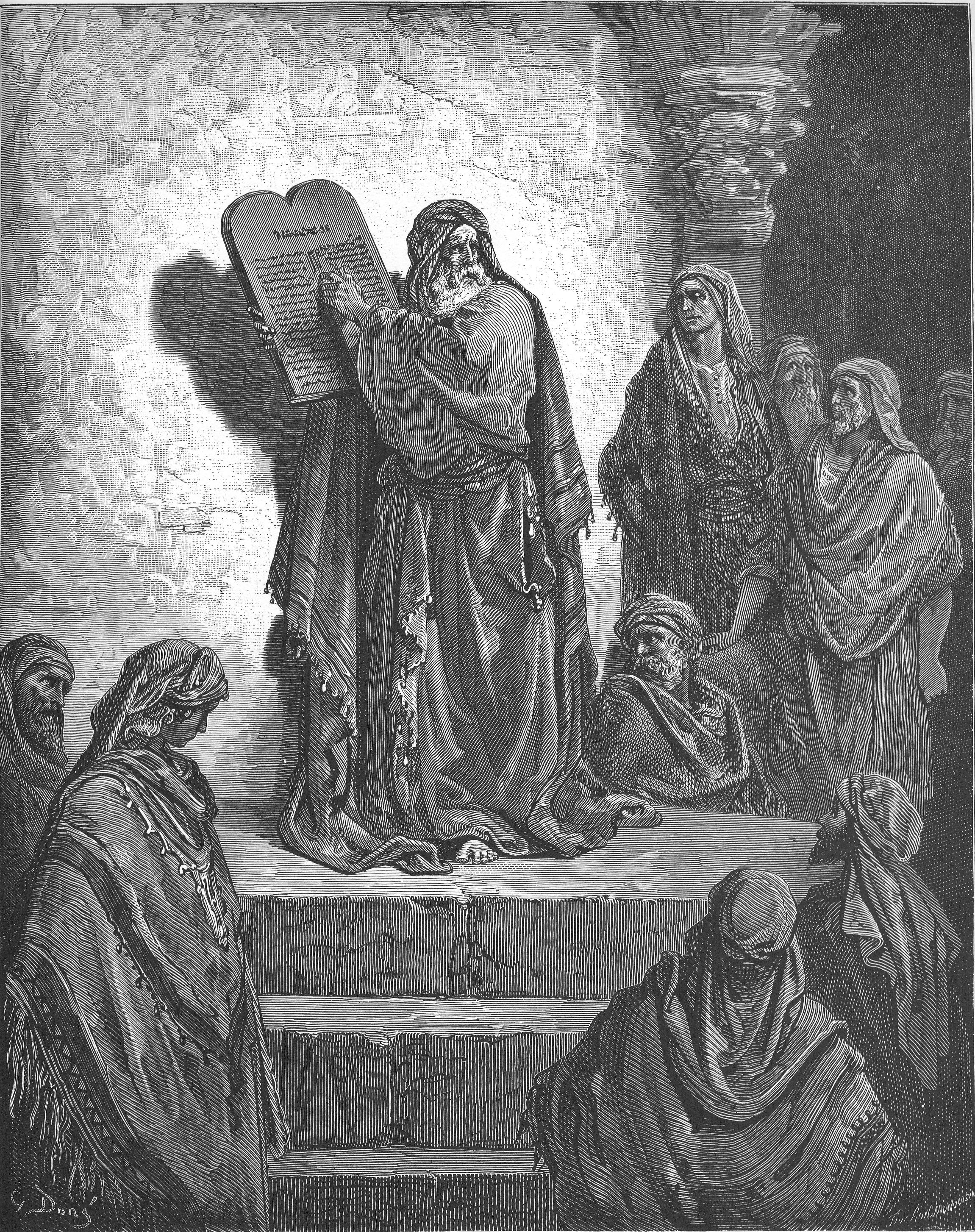|
Darius II (other)
Darius II ( ; ), also known by his given name Ochus ( ), was King of Kings of the Achaemenid Empire from 423 BC to 405 or 404 BC. Following the death of Artaxerxes I, in 424 BC or 423 BC, there was a struggle for power between his sons. The victor, Ochus, adopted the name Darius (Greek sources often call him Darius ''Nothos'', "Bastard"). His reign was marked by a series of revolts by various Satrap, satraps and involvement in the Greek Peloponnesian War. It seems that Darius II was quite dependent on his wife Parysatis. In excerpts from Ctesias some harem intrigues are recorded, in which he played a disreputable part. The Johanan (High Priest)#Archaeology, Elephantine papyri mention Darius II as a contemporary of the Johanan (High Priest), high priest Johanan of Ezra#Timeline, Ezra 6:10. Darius II is potentially mentioned in the books of Book of Haggai, Haggai, Book of Zechariah, Zechariah, and Ezra–Nehemiah of the Hebrew Bible (the Christianity, Christian Old Testament). The ... [...More Info...] [...Related Items...] OR: [Wikipedia] [Google] [Baidu] |
Naqsh-e Rostam
Naqsh-e Rostam ( lit. mural of Rostam, fa, نقش رستم ) is an ancient archeological site and necropolis located about 12 km northwest of Persepolis, in Fars Province, Iran. A collection of ancient Iranian rock reliefs are cut into the face of the mountain and the mountain contains the final resting place of four Achaemenid kings, notably king Darius the Great and his son, Xerxes. This site is of great significance to the history of Iran and to Iranians, as it contains various archeological sites carved into the rock wall through time for more than a millennium from the Elamites and Achaemenids to Sassanians. It lies a few hundred meters from Naqsh-e Rajab, with a further four Sassanid rock reliefs, three celebrating kings and one a high priest. Naqsh-e Rostam is the necropolis of the Achaemenid dynasty ( 550–330 BC), with four large tombs cut high into the cliff face. These have mainly architectural decoration, but the facades include large panels over the doorw ... [...More Info...] [...Related Items...] OR: [Wikipedia] [Google] [Baidu] |
Satrap
A satrap () was a governor of the provinces of the ancient Median and Achaemenid Empires and in several of their successors, such as in the Sasanian Empire and the Hellenistic empires. The satrap served as viceroy to the king, though with considerable autonomy. The word came to suggest tyranny or ostentatious splendour, and in modern usage refers to any subordinate or local ruler, usually with unfavourable connotations of corruption. A satrapy is the territory governed by a satrap. Etymology The word is derived via Latin from Greek ''satrápes'' (), itself borrowed from an Old Iranian ''*khshathra-pa''. In Old Persian, which was the native language of the Achaemenids, it is recorded as ''khshathapavan'' (, literally "protector of the province"). The Median form is reconstructed as ''*khshathrapavan-''. It is cognate with Sanskrit ''kshetrapal'' (). The Biblical Hebrew form is ''aḥashdarpan'' , as found in . In the Parthian (language of the Arsacid Empire) and Middle ... [...More Info...] [...Related Items...] OR: [Wikipedia] [Google] [Baidu] |
Murašû Archive
The Murašû Archive is a collection of cuneiform tablets, excavated between 1888 and 1900, from the ruins of Nippur in central Babylonia. Named after the chief member of a single family, the Murašû Archive is a collection of business records that spans four generations. Assembled during the reigns of the Persian kings Artaxerxes I, Darius II, and Artaxerxes II, the Murašû Archive provides the largest and most illuminating view into the business activities and conditions of Persian-ruled Babylonia during the last hundred and fifty years of the Achaemenid kingship. Excavation and discovery In a series of excavations directed by John Henry Haynes, the Murašû Archive was discovered six meters under a mound on the floor of a small room. The original collection comprised 330 whole tablets, 400 or more damaged tablets and fragments, and 20 small clay tags with seal impressions. After the original discovery, a portion of the tablets was shipped to Istanbul for analysis, where He ... [...More Info...] [...Related Items...] OR: [Wikipedia] [Google] [Baidu] |
Old Testament
The Old Testament (often abbreviated OT) is the first division of the Christian biblical canon, which is based primarily upon the 24 books of the Hebrew Bible or Tanakh, a collection of ancient religious Hebrew writings by the Israelites. The second division of Christian Bibles is the New Testament, written in the Koine Greek language. The Old Testament consists of many distinct books by various authors produced over a period of centuries. Christians traditionally divide the Old Testament into four sections: the first five books or Pentateuch (corresponds to the Jewish Torah); the history books telling the history of the Israelites, from their conquest of Canaan to their defeat and exile in Babylon; the poetic and "Wisdom books" dealing, in various forms, with questions of good and evil in the world; and the books of the biblical prophets, warning of the consequences of turning away from God. The books that compose the Old Testament canon and their order and names differ be ... [...More Info...] [...Related Items...] OR: [Wikipedia] [Google] [Baidu] |
Christianity
Christianity is an Abrahamic monotheistic religion based on the life and teachings of Jesus of Nazareth Jesus, likely from he, יֵשׁוּעַ, translit=Yēšūaʿ, label=Hebrew/Aramaic ( AD 30 or 33), also referred to as Jesus Christ or Jesus of Nazareth (among other names and titles), was a first-century Jewish preacher and religious .... It is the Major religious groups, world's largest and most widespread religion with roughly 2.38 billion followers representing one-third of the global population. Its adherents, known as Christians, are estimated to make up a majority of the population in Christianity by country, 157 countries and territories, and believe that Jesus in Christianity, Jesus is the Son of God (Christianity), Son of God, whose coming as the Messiah#Christianity, messiah was Old Testament messianic prophecies quoted in the New Testament, prophesied in the Hebrew Bible (called the Old Testament in Christianity) and chronicled in the New Testamen ... [...More Info...] [...Related Items...] OR: [Wikipedia] [Google] [Baidu] |
Hebrew Bible
The Hebrew Bible or Tanakh (;"Tanach" ''Random House Webster's Unabridged Dictionary''. Hebrew: ''Tānāḵh''), also known in Hebrew as Miqra (; Hebrew: ''Mīqrā''), is the Biblical canon, canonical collection of Hebrew language, Hebrew scriptures, including the Torah, the Nevi'im, and the Ketuvim. Different branches of Judaism and Samaritanism have maintained different versions of the canon, including the 3rd-century Septuagint text used by Second-Temple Judaism, the Syriac language Peshitta, the Samaritan Torah, the Dead Sea Scrolls, and most recently the 10th century medieval Masoretic Text, Masoretic text created by the Masoretes currently used in modern Rabbinic Judaism. The terms "Hebrew Bible" or "Hebrew Canon" are frequently confused with the Masoretic text, however, this is a medieval version and one of several ... [...More Info...] [...Related Items...] OR: [Wikipedia] [Google] [Baidu] |
Ezra–Nehemiah
Ezra–Nehemiah ( he, עזרא נחמיה , ) is a book in the Hebrew Bible found in the Ketuvim section, originally with the Hebrew title of Ezra ( he, עזרא, links=no, ). The book covers the period from the fall of Babylon in 539 BCE to the second half of the 5th century BCE, and tells of the successive missions to Jerusalem of Zerubbabel, Ezra, and Nehemiah, and their efforts to restore the worship of the God of Israel and to create a purified Jewish community. Historical background In the early 6th century Judah rebelled against Babylon and was destroyed (586 BCE). The royal court and the priests, prophets and scribes were taken into captivity in Babylon. There the exiles blamed their fate on disobedience to God and looked forward to a future when a penitent and purified people would be allowed to return to Jerusalem and rebuild the Temple. (These ideas are expressed in the prophets Jeremiah (although he was not exiled to Babylon), Isaiah, and, especially, E ... [...More Info...] [...Related Items...] OR: [Wikipedia] [Google] [Baidu] |
Book Of Zechariah
The Book of Zechariah, attributed to the Hebrew prophet Zechariah, is included in the Twelve Minor Prophets in the Hebrew Bible. Historical context Zechariah's prophecies took place during the reign of Darius the Great and were contemporary with Haggai in a post-exilic world after the fall of Jerusalem in 587/586 BC. Ezekiel and Jeremiah wrote before the fall of Jerusalem while continuing to prophesy in the early exile period. Scholars believe Ezekiel, with his blending of ceremony and vision, heavily influenced the visionary works of Zechariah 1–8. Zechariah is specific about dating his writing (520–518 BC). During the exile, many Judahites and Benjamites were taken to Babylon, where the prophets told them to make their homes, suggesting they would spend a long period of time there. Eventually freedom did come to many Israelites, when Cyrus the Great overtook the Babylonians in 539 BC. In 538 BC, the famous Edict of Cyrus was released, and th ... [...More Info...] [...Related Items...] OR: [Wikipedia] [Google] [Baidu] |
Book Of Haggai
The Book of Haggai (; he, ספר חגי, Sefer Ḥaggay) is a book of the Hebrew Bible or Tanakh, and is the third-to-last of the Twelve Minor Prophets. It is a short book, consisting of only two chapters. The historical setting dates around 520 BC before the Temple had been rebuilt. The original text was written in Biblical Hebrew. Authorship The Book of Haggai is named after the prophet Haggai whose prophecies are recorded in the book. The authorship of the book is uncertain. Some presume that Haggai wrote the book himself but he is repeatedly referred to in the third person which makes it unlikely that he wrote the text: it is more probable that the book was written by a disciple of Haggai who sought to preserve the content of Haggai's spoken prophecies. There is no biographical information given about the prophet in the Book of Haggai. Haggai's name is derived from the Hebrew verbal root ''hgg'', which means "to make a pilgrimage." W. Sibley Towner suggests tha ... [...More Info...] [...Related Items...] OR: [Wikipedia] [Google] [Baidu] |
Ezra
Ezra (; he, עֶזְרָא, '; fl. 480–440 BCE), also called Ezra the Scribe (, ') and Ezra the Priest in the Book of Ezra, was a Jewish scribe ('' sofer'') and priest ('' kohen''). In Greco-Latin Ezra is called Esdras ( grc-gre, Ἔσδρας). According to the Hebrew Bible he was a descendant of Sraya, the last High Priest to serve in the First Temple, and a close relative of Joshua, the first High Priest of the Second Temple. He returned from Babylonian exile and reintroduced the Torah in Jerusalem. According to 1 Esdras, a Greek translation of the Book of Ezra still in use in Eastern Orthodoxy, he was also a High Priest. Rabbinic tradition holds that he was an ordinary member of the priesthood. Several traditions have developed over his place of burial. One tradition says that he is buried in al-Uzayr near Basra (Iraq), while another tradition alleges that he is buried in Tadif near Aleppo, in northern Syria. His name may be an abbreviation of ', "Yah helps". In ... [...More Info...] [...Related Items...] OR: [Wikipedia] [Google] [Baidu] |
Johanan (High Priest)
Johanan ( Hebrew ''Yôḥānān''), son of Joiada, was the fifth high priest after the rebuilding of the temple in Jerusalem by the Jews who had returned from the Babylonian captivity. His reign is estimated to have been from c. 410–371 BCE; he was succeeded by his son Jaddua. The Bible gives no details about his life. Johanan lived during the reigns of king Darius II of Persia (423 BC – 405 or 404 BC) and his son Artaxerxes II (404 BC – 358 BC), whose Achaemenid Empire included Judah as a province. Murder in the Temple Flavius Josephus records that Johanan's brother Jesus was promised the high priesthood by Bagoas, general of Artaxerxes. Jesus got in a quarrel with Johanan in the temple and Johanan killed him. Bagoas knew that Johanan had slain Jesus in the temple saying to him "Have you had the impudence to perpetrate murder in the temple." Bagoas was forbidden to enter the temple, but he entered anyway saying "Am not I purer than he that was slain in the temple?" B ... [...More Info...] [...Related Items...] OR: [Wikipedia] [Google] [Baidu] |
Harem
Harem ( Persian: حرمسرا ''haramsarā'', ar, حَرِيمٌ ''ḥarīm'', "a sacred inviolable place; harem; female members of the family") refers to domestic spaces that are reserved for the women of the house in a Muslim family. A harem may house a man's wife or wives, their pre-pubescent male children, unmarried daughters, female domestic servants, and other unmarried female relatives. In harems of the past, slave concubines were also housed in the harem. In former times some harems were guarded by eunuchs who were allowed inside. The structure of the harem and the extent of monogamy or polygamy has varied depending on the family's personalities, socio-economic status, and local customs. Similar institutions have been common in other Mediterranean and Middle Eastern civilizations, especially among royal and upper-class families, and the term is sometimes used in other contexts. In traditional Persian residential architecture the women's quarters were known as '' anda ... [...More Info...] [...Related Items...] OR: [Wikipedia] [Google] [Baidu] |







